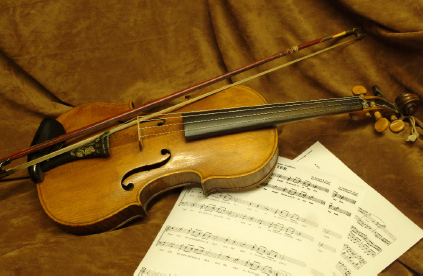Recipe 3.4. Oil painting
There are many filters out there that promise to transform digital photographs into oil paintings, but it has to be said that most fail miserably. To create a truly realistic oil painting effect we need to be a little more inventive. One of the most important characteristics of an oil painting is the contrast of thin areas of paint set against areas of thick, solid paint or impasto. Another vitally important factor is texture. Oil paintings have a surface quality that is unique to the medium itself, and for the effect to be convincing we need to mimic this accurately. Fortunately, Photoshop has a selection of brushes that are made for this very purpose. These brushes can apply color and convincing textures at the same time. For the thick impasto effect, we can employ a layer style that will give the brushstroke a subtle 3D quality.
Remember, this project will be far more successful if a pressure-sensitive graphics tablet is used, as the brushes we're going to use have properties that respond directly to stylus pressure.

1 To begin the painting, make a toned canvas layer for the final image to be "painted" onto. With the start image open, add a new layer (Ctrl/Cmd+Shift+N), naming the layer "Canvas." Choose a warm gray for the foreground color and go to Edit > Fill > Use Foreground color. We'll add a canvas texture to this background a little later.
Get Photoshop CS3 Photo Effects Cookbook now with the O’Reilly learning platform.
O’Reilly members experience books, live events, courses curated by job role, and more from O’Reilly and nearly 200 top publishers.

